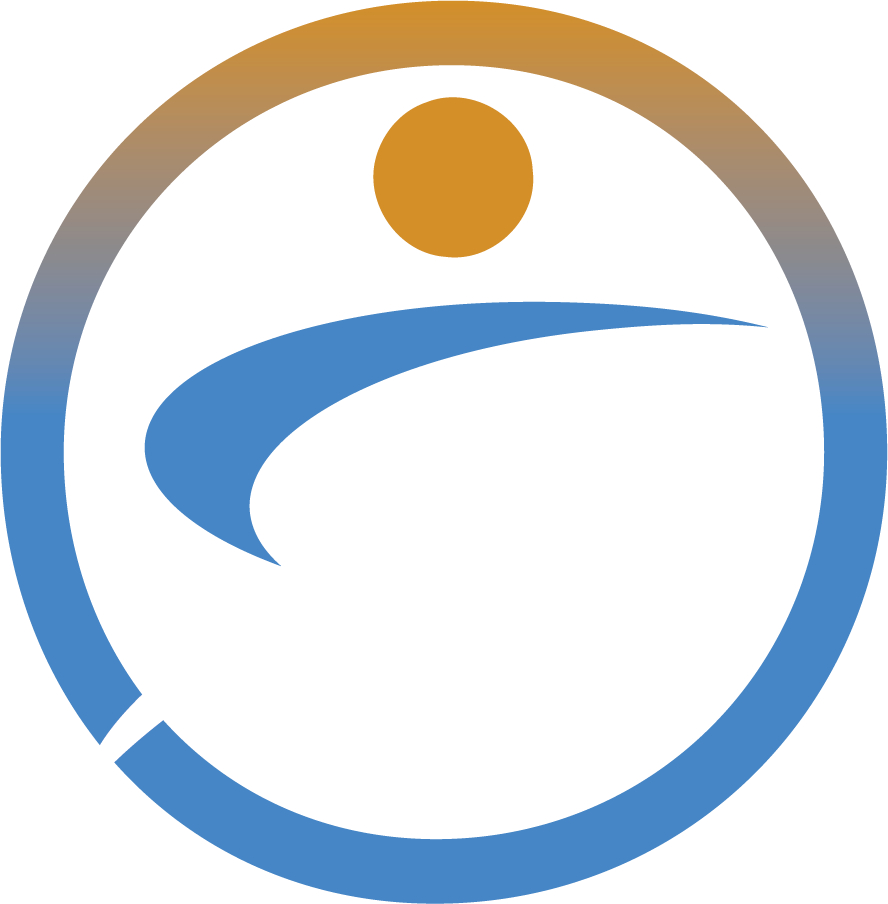“Should I get my running looked at?” is a common question we get from patients who are almost ready to get back out on the roads or trails. The short answer is usually “yes”, but there is a lot behind that.
In understanding whether you should get your running looked at, especially if you are recovering from, have previously dealt with, or are trying to prevent problems or pain, it’s helpful to look under the hood of running analyses. We should also address another common question – “is there a right way to run?”
The “right” way to run
What is the right way to run? However you need to. Your running should feel efficient, pain-free, and suitable for your body and running environment. The answer is that it depends on many factors, but it most importantly depends on your goals and reason you want to run.
What is a running analysis?
A good running analysis must include, of course, running – preferably after a warm-up, and potentially after you’ve already been in motion for some time if there are issues which arise later in your runs. Research has shown that your running form settles in after about six minutes on the go.
The person working with you will watch for the quality, symmetry, alignment, and timing of how you run, as well as keep an eye out for any “problem movements” relating to any issues you may be having. They may also suggest small form changes, or “cues”, to try, to help you both learn more about how you run. Sometimes, this may include filming you, both to replay in slow-motion and to show you how you run as well as the effects of any changes to your form. And, finally there should be a thorough assessment that will include at a minimum a shoewear assessment, history of running, flexibility and strength testing - all to better understand the reason why you run with your particular strategy.
Why get one?
If your running does not altogether feel efficient, pain-free, and suitable for your body and environment
If you want to improve performance, minimize injury (or re-injury) risk, or even educate yourself
At minimum, a good running analysis will help you understand how you move. You will learn about how your body behaves in motion, rather than just at rest. People often tell us that the running analysis done when, for example, shopping for running shoes (check back soon for our video on this) consisted of standing still or, at most, walking – in actuality, what happens in flight while running is usually different.
A good running analysis will also be interactive, enabling you to learn about your movement in the context of what you actually feel when you run. Ultimately, the better you understand your body’s behavior, the more you can troubleshoot if problems arise later.
Who should I see for one?
A running analysis is at its heart a learning tool. Thus, go to somebody interested in helping you learn. A good running coach can be very helpful, as they’ll have worked with and studied a high number of individuals, as can a physical therapist who works with runners, as they’ll have good training in biomechanics and how different parts of the body affect each other.
Whoever you work with, their primary interest should be to help you identify what your goals are for the analysis, and to help you achieve them in that session.
In summary
A running analysis is a great way to learn more about how you move and how your body behaves on the run. There’s no right way to run, but there are sub-optimal ways, so the analysis should look at your unique patterns, symmetries or asymmetries, and alignments, in the context of your personal history and goals. Work with somebody who will tailor the running analysis to meet your needs, and who’s primary interest is in helping you learn.









